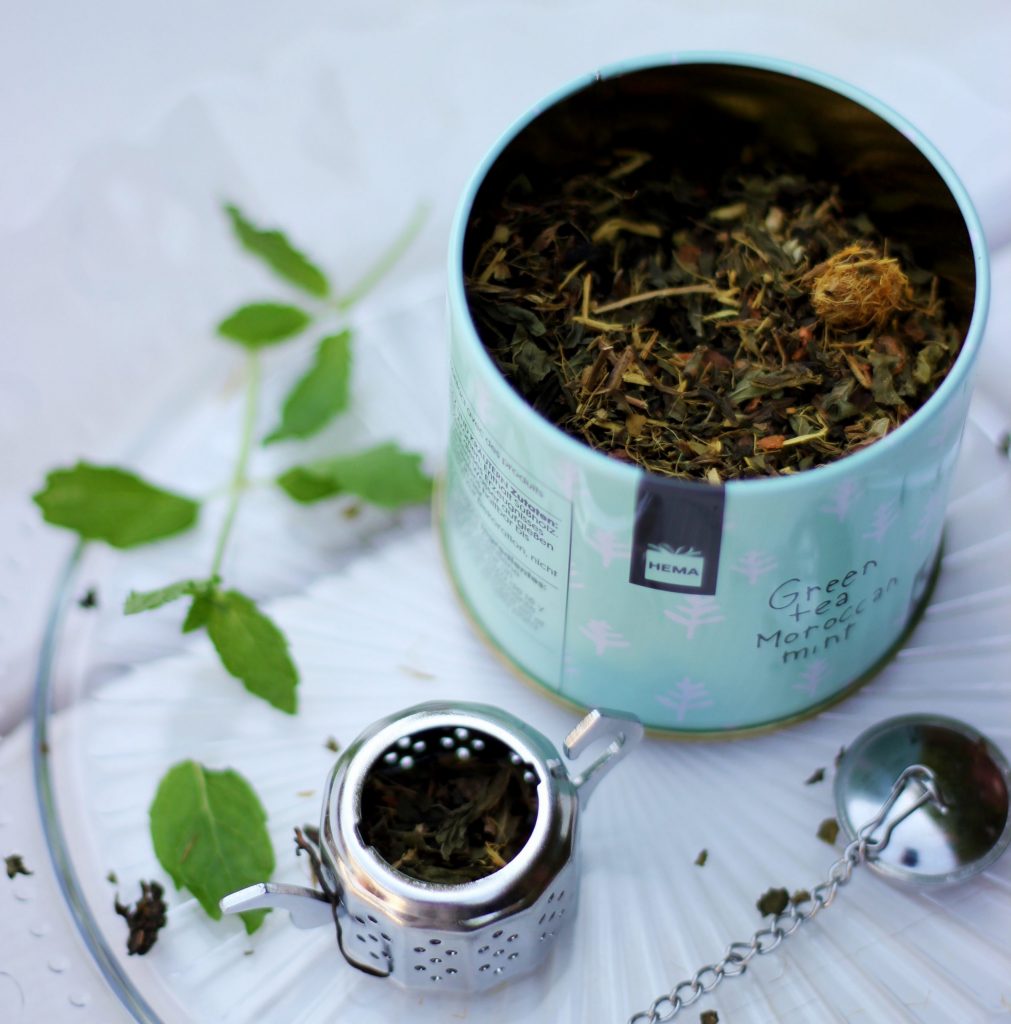
Home / Health & Wellness / Flavonoids – Why You Need More of Them

Flavonoids are a group of plant chemical compounds found in green tea that have been associated with the prevention of a multitude of chronic conditions. Flavonoids are backed by numerous research studies as being antioxidant, anticancer, and anti-heart disease (1, 2, 3).
To be more specific, flavonoids act as scavengers of ROS (reactive oxygen species) which build up in our body as a result of stress – anything from sun exposure, alcohol intake, long work weeks, and poor eating habits. Elevations in ROS have been found in cases of cancer as they promote the proliferation of tumors and damage to DNA (4). Beyond cancer, multiple research studies have found that flavonoids are integral in preventing and reducing the risk of neurodegenerative diseases like Alzheimers and Parkinsons’ (5,6). Increased flavonoid intake was associated with an overall reduced risk of all-cause mortality in aging women according to a 2015 study in the American Journal of Clinical Nutrition (3). The common flavonoid in green tea called EGCG (a catechin) that has even been linked to increased body weight and fat loss (7).
Ok, ok so we know that these compounds are good for us, but does that mean we should be drinking cup after cup of green tea?
A cup of regular green tea has the highest content of flavonoids with black tea following and then oolong according to the USDA Database for Flavonoid Content of Selected Foods (8). Interestingly enough, the decaffeinated varieties all have much lower concentrations of flavonoids, so I recommend drinking regular caffeinated tea if possible. For the most benefit, research generally suggests anywhere from 3-5 cups of green tea daily (5,6). If you’re very caffeine sensitive, keep in mind that 3 cups is the rough equivalent of 1 cup of coffee.
BUT – tea is not the flavonoid savior – you can find all kinds of flavonoids in other plants – specifically herbs! Herbs like dried parsley or oregano actually have exceedingly higher amounts of flavonoids than green tea (9). Therefore, make an effort to add more herbs to soups and stews when cooking or try marinating meats or fish in spice/herb blends. To reduce overall chronic disease risk, prioritize the daily consumption of more high flavonoid foods and drinks – my favorite sneaky sources include 85% dark chocolate, chickpeas, and capers.
Can you go overboard? While there is not much study support regarding the toxic effects of overconsumption of flavonoids or green tea, keep in mind (as is the case with many things) that there can be too much of a good thing. Too much tea can increase your intake of tannins – a compound that can inhibit your body’s absorption of minerals like iron. In addition, if tea isn’t well sourced it has a risk of being contaminated with pesticides or heavy metals. Always look for organic varieties of tea and ideally you should source from companies that 3rd party test for heavy metals. This green tea from Japan does just that and has a wonderful taste (I love the organic sencha!). More of a latte person? Try using organic matcha powder in our bulletproof matcha latte recipe here.
The bottom line – choose organic green tea and keep intake to 3-5 cups daily for maximum benefits. Consume a variety of colorfully pigmented fruits and vegetables for an additional increase in flavonoid intake!
Citations:
Get free shipping.
Free Shipping
5% Discount


At home.
Blood and Urine
$179 – $439
Depending on insurance coverage.


This is a comprehensive stool test that relies on quantitative polymerase chain
reaction (qPCR) technology to detect parasites, bacteria, H. pylori, fungi, and more by targeting the specific DNA of the organisms tested. Click here for more information.
At home.
Stool
$399
Depending on insurance coverage.


At home.
Urine
$129
Depending on insurance coverage.


At home.
Swab
$299
Depending on insurance coverage.


At home or in lab.
Blood
$999
Depending on insurance coverage.


At home.
Blood, Urine, or Ticks
may have a $200 copay
Covered by most insurance.


At home.
Urine
$300
Depending on insurance coverage.


At home.
Urine
$199
Depending on insurance coverage.


This test evaluates the genetic profile for multiple health indicators. Click here for more information.
At home
Blood Spot


At Home
Urine
$699
Fully covered by Medicare. Repeat test prices $249


$85-$225 depending on insurance coverage.




This company can test for lyme, babesia, bartonella and additional tick-borne illnesses. Click here for more information.
Blood
around $1600 (depends on panel selected)


This test is designed to look at food sensitivities (IgG immune responses). It is available in both a 99 or 184 panel. Click here for more information.
Blood
$129-238


No insurance coverage


Blood




This test evaluates the gut function and indicates microbiome balance, overgrowth, infection, inflammation, parasites and digestive efficacy. Click here for more information.
$179-$439 depending on insurance coverage.


This test evaluates many measures including micronutrients, antioxidants, minerals, detox, overview of gut function, omegas and toxic exposure. Click here for more information.
At home.
Urine
$150 – $329


Blood work for blood count, urinalysis and vitamin levels.
At any Quest Diagnostics Location
Blood
You often have to fast for these tests-please check your providers notes.




$310